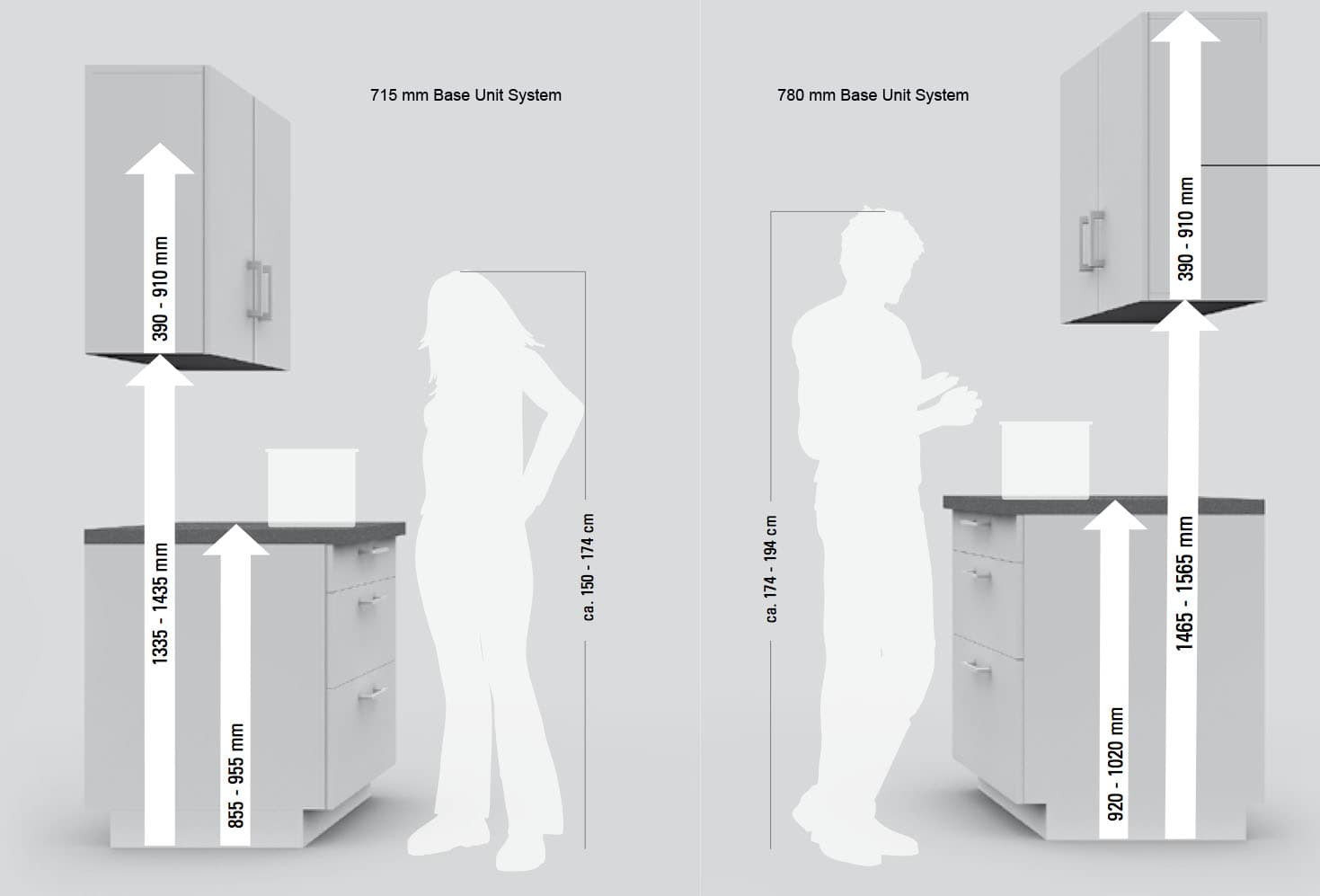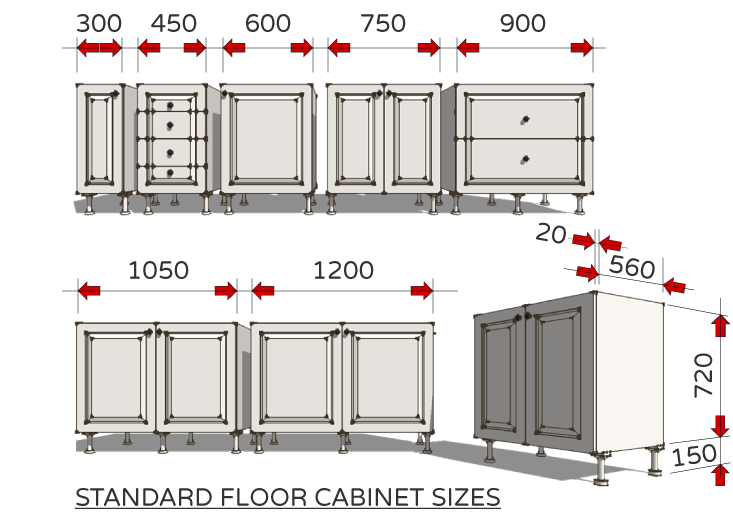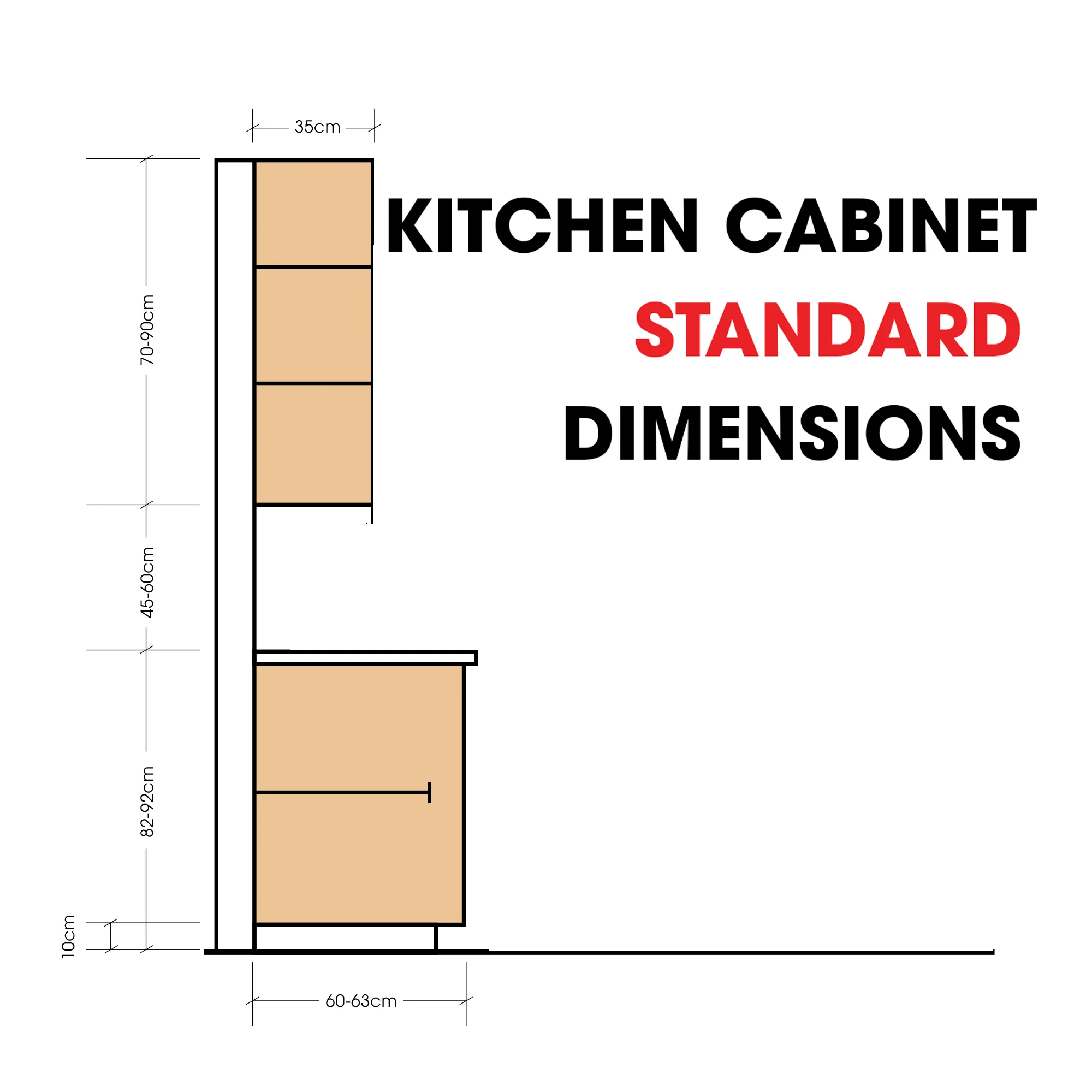Understanding Narrow Kitchen Base Cabinets

Narrow kitchen base cabinets, often referred to as “skinny cabinets,” are a valuable asset in kitchen design, offering a unique blend of functionality and space optimization. They are particularly useful in maximizing storage in smaller kitchens or for creating dedicated areas for specific appliances or items.
Typical Dimensions and Configurations
Narrow kitchen base cabinets are typically 12 inches wide, although some manufacturers offer options ranging from 9 to 15 inches. This narrow width allows for efficient use of space, especially in areas where a standard 18-inch or 24-inch base cabinet would be too bulky. The depth of these cabinets usually aligns with standard base cabinet depths, which are typically 24 inches.
- Single-door configuration: This is the most common configuration for narrow base cabinets, featuring a single door that opens to reveal the storage space within. The door can be hinged on either side, depending on the layout and accessibility needs.
- Double-door configuration: This configuration features two doors that open outwards, providing access to a wider storage area. This is particularly useful for storing larger items or for creating a dedicated space for appliances like a microwave or a small oven.
- Drawer configuration: Some narrow base cabinets are designed with drawers instead of doors, offering convenient access to smaller items. This configuration is often used for storing utensils, cutlery, or other frequently used kitchen items.
Common Uses for Narrow Kitchen Base Cabinets
Narrow kitchen base cabinets offer versatile solutions for various storage needs and kitchen design challenges. Here are some common uses for these cabinets:
- Appliance housing: Narrow base cabinets can be used to house small appliances like microwaves, coffee makers, or toasters, keeping them neatly tucked away and freeing up countertop space.
- Trash and recycling: These cabinets can be fitted with pull-out trash bins, providing a discreet and convenient solution for waste management. This is particularly helpful in kitchens with limited space for a dedicated trash can.
- Pantry storage: Narrow base cabinets can be used to create a dedicated pantry space, offering vertical storage for canned goods, spices, or other pantry items. This is an efficient way to maximize storage space in smaller kitchens.
- Small appliance storage: Narrow base cabinets are ideal for storing smaller appliances, such as blenders, food processors, or stand mixers, keeping them organized and readily accessible.
- Dead space utilization: Narrow base cabinets can be used to fill awkward spaces or corners, maximizing storage potential in areas that might otherwise be wasted.
Design Considerations for Narrow Base Cabinets

Narrow base cabinets present unique design challenges, especially in small kitchens where maximizing space and functionality is paramount. This section explores key design considerations for incorporating narrow base cabinets effectively, optimizing their use for storage and overall kitchen efficiency.
Designing a Narrow Base Cabinet Layout for a Small Kitchen, Narrow kitchen base cabinet
The layout of narrow base cabinets is crucial for a small kitchen. A well-designed layout ensures easy access to all items while maximizing storage capacity.
- Prioritize High-Traffic Areas: Place narrow base cabinets in high-traffic areas, such as near the sink or stove, to streamline daily kitchen activities. This minimizes unnecessary movement and optimizes workflow.
- Create a Visual Flow: Arrange narrow cabinets in a continuous line or a cohesive grouping to create a visual flow. This makes the kitchen feel more spacious and organized.
- Consider Corner Cabinets: Utilize corner space effectively by incorporating narrow corner cabinets. These cabinets can maximize storage space in areas that are often underutilized.
- Integrate with Other Cabinets: Combine narrow base cabinets with standard-width cabinets for a balanced and functional design. This creates a visually appealing and practical layout.
Maximizing Storage Within a Narrow Base Cabinet
Optimizing storage within a narrow base cabinet requires creative solutions and specialized hardware.
- Utilize Vertical Space: Maximize vertical space by installing pull-out shelves, adjustable shelves, and tiered trays. This allows for efficient use of every inch of space within the cabinet.
- Employ Dividers and Organizers: Install dividers, trays, and organizers to separate items and keep the cabinet organized. This allows for easy access and visibility of all stored items.
- Consider Sliding Trays: Use sliding trays for storing items that are frequently accessed. This eliminates the need to reach into the back of the cabinet, making retrieval easier.
- Utilize Doors and Drawers: Consider using doors with built-in shelves or drawers to maximize storage space. This provides a more organized and visually appealing solution.
Specialized Hardware and Accessories for Narrow Base Cabinets
Narrow base cabinets benefit from specialized hardware and accessories that enhance their functionality and storage capacity.
- Pull-Out Shelves: Pull-out shelves provide easy access to items stored at the back of the cabinet. These shelves are particularly useful for storing bulky items or those that require frequent access.
- Sliding Trays: Sliding trays allow for smooth and effortless retrieval of items. They are ideal for storing items that are used frequently, such as spices or cooking utensils.
- Tiered Trays: Tiered trays maximize vertical space by stacking items on multiple levels. This is particularly useful for storing smaller items, such as canned goods or spices.
- Lazy Susans: Lazy Susans are rotating platforms that allow for easy access to items stored in the corner of a cabinet. They are especially useful for storing spices, condiments, or other items that require frequent rotation.
- Vertical Dividers: Vertical dividers create separate compartments within a cabinet, allowing for better organization and easier access to specific items. This is particularly useful for storing items of varying sizes or those that need to be separated for hygiene purposes.
Narrow Base Cabinet Installation and Customization: Narrow Kitchen Base Cabinet

Installing a narrow base cabinet can be a straightforward process, but it requires careful planning and execution to ensure a seamless integration into your kitchen layout. This section will delve into the steps involved in installing narrow base cabinets, discuss common customization techniques, and provide a step-by-step guide for building a custom narrow base cabinet from scratch.
Installing Narrow Base Cabinets
Installing narrow base cabinets involves several steps, including preparation, installation, and finishing. Here’s a breakdown of the process:
Preparation
- Clear the Area: Remove any existing cabinets, appliances, or obstacles from the installation area. Ensure the floor is clean and level.
- Measure and Mark: Accurately measure the space where the narrow base cabinet will be installed. Mark the location on the floor using a pencil or chalk line.
- Check for Obstacles: Verify that there are no obstructions, such as plumbing pipes, electrical wires, or gas lines, in the designated installation area. Adjust the cabinet location if necessary.
- Prepare for Plumbing and Electrical: If the narrow base cabinet will house a sink, dishwasher, or other appliances requiring plumbing or electrical connections, plan and prepare the necessary connections beforehand. This might involve installing new plumbing lines, electrical outlets, or modifying existing ones.
Installation
- Install Cabinet Supports: If the narrow base cabinet will be installed on a countertop, ensure the countertop is securely supported. For floor-mounted cabinets, install cabinet supports or adjustable legs according to the manufacturer’s instructions. These supports will ensure the cabinet is level and stable.
- Align and Level the Cabinet: Position the narrow base cabinet over the marked location on the floor. Use a level to ensure the cabinet is perfectly level in all directions. Adjust the supports or legs as needed.
- Secure the Cabinet: Once the cabinet is properly aligned and leveled, secure it to the floor or countertop using screws, brackets, or other fastening methods specified by the manufacturer. Ensure the screws are long enough to penetrate the subfloor or countertop for maximum stability.
- Install Doors and Hardware: Attach the cabinet doors and hardware according to the manufacturer’s instructions. This may involve using hinges, latches, knobs, or pulls.
Finishing
- Caulking and Grouting: After installing the narrow base cabinet, apply caulk or grout around the edges and seams to seal any gaps and prevent water damage. This is especially important if the cabinet is located near a sink or other water sources.
- Final Touches: Clean the narrow base cabinet thoroughly to remove any dust, debris, or fingerprints. Apply any necessary finishing touches, such as painting or staining, to match the rest of the kitchen décor.
Customizing Narrow Base Cabinets
Narrow base cabinets can be customized to fit unique kitchen layouts and design preferences. Common methods include:
Adding Shelves and Drawers
- Adjustable Shelves: Install adjustable shelves to maximize storage space and accommodate items of different sizes. Adjustable shelves allow for easy customization based on your storage needs.
- Custom Drawers: Incorporate custom-sized drawers to optimize storage for specific items, such as utensils, cutlery, or cookware. Custom drawers can be designed to fit the exact dimensions of the narrow base cabinet, maximizing space utilization.
Modifying Cabinet Depth
- Shallow Cabinets: For kitchens with limited space, consider modifying the cabinet depth to create a shallower profile. This can create a more streamlined appearance and enhance the overall flow of the kitchen.
- Customizable Depth: Some manufacturers offer customizable cabinet depths, allowing you to choose a depth that best suits your specific needs. This flexibility ensures the narrow base cabinet seamlessly integrates into the existing kitchen design.
Adding Specialty Features
- Pull-Out Shelves: Incorporate pull-out shelves to make accessing items stored in the back of the narrow base cabinet easier. Pull-out shelves are particularly useful for storing heavy items or items that are difficult to reach.
- Spice Racks: Install spice racks inside the narrow base cabinet to create dedicated storage for spices. Spice racks can be designed to fit the cabinet’s dimensions and optimize space utilization.
Building a Custom Narrow Base Cabinet
Building a custom narrow base cabinet from scratch allows for complete control over its dimensions, features, and design. This process requires woodworking skills and the use of appropriate tools and materials.
Step-by-Step Guide
- Plan and Design: Determine the desired dimensions, features, and design of the custom narrow base cabinet. Consider the available space, storage needs, and desired aesthetic.
- Gather Materials: Purchase the necessary materials, including plywood, wood trim, hardware, and finishing supplies. Ensure the materials are of high quality and suitable for building a durable and functional cabinet.
- Cut and Assemble: Cut the plywood panels according to the planned dimensions using a saw. Assemble the cabinet sides, top, bottom, and back using wood glue and screws. Ensure the joints are tight and secure.
- Install Shelves and Drawers: If desired, install shelves and drawers using appropriate hardware and techniques. Ensure the shelves and drawers are properly secured and function smoothly.
- Add Finishing Touches: Apply wood filler to any gaps or imperfections. Sand the cabinet surfaces smooth and apply a finish, such as paint, stain, or varnish, to protect the wood and enhance its appearance.
- Install Doors and Hardware: Attach the cabinet doors and hardware according to the chosen design. Ensure the doors open and close smoothly and the hardware is securely installed.
A narrow kitchen base cabinet can be a space-saving solution, especially in smaller kitchens. However, finding a way to incorporate appliances like a microwave can be a challenge. A kitchen cabinet with microwave shelves can be a stylish and functional solution, offering a dedicated spot for your microwave while maintaining a clean and organized look.
This allows you to maximize the space within your narrow base cabinet and create a more efficient and visually appealing kitchen environment.
A narrow kitchen base cabinet can be a real space-saver, especially in smaller kitchens. But what about those pesky trash cans? A kitchen trash can cabinet is a brilliant solution, seamlessly integrating waste disposal into your cabinetry. You can even use the narrow base cabinet to store recycling bins, keeping your kitchen organized and tidy.
